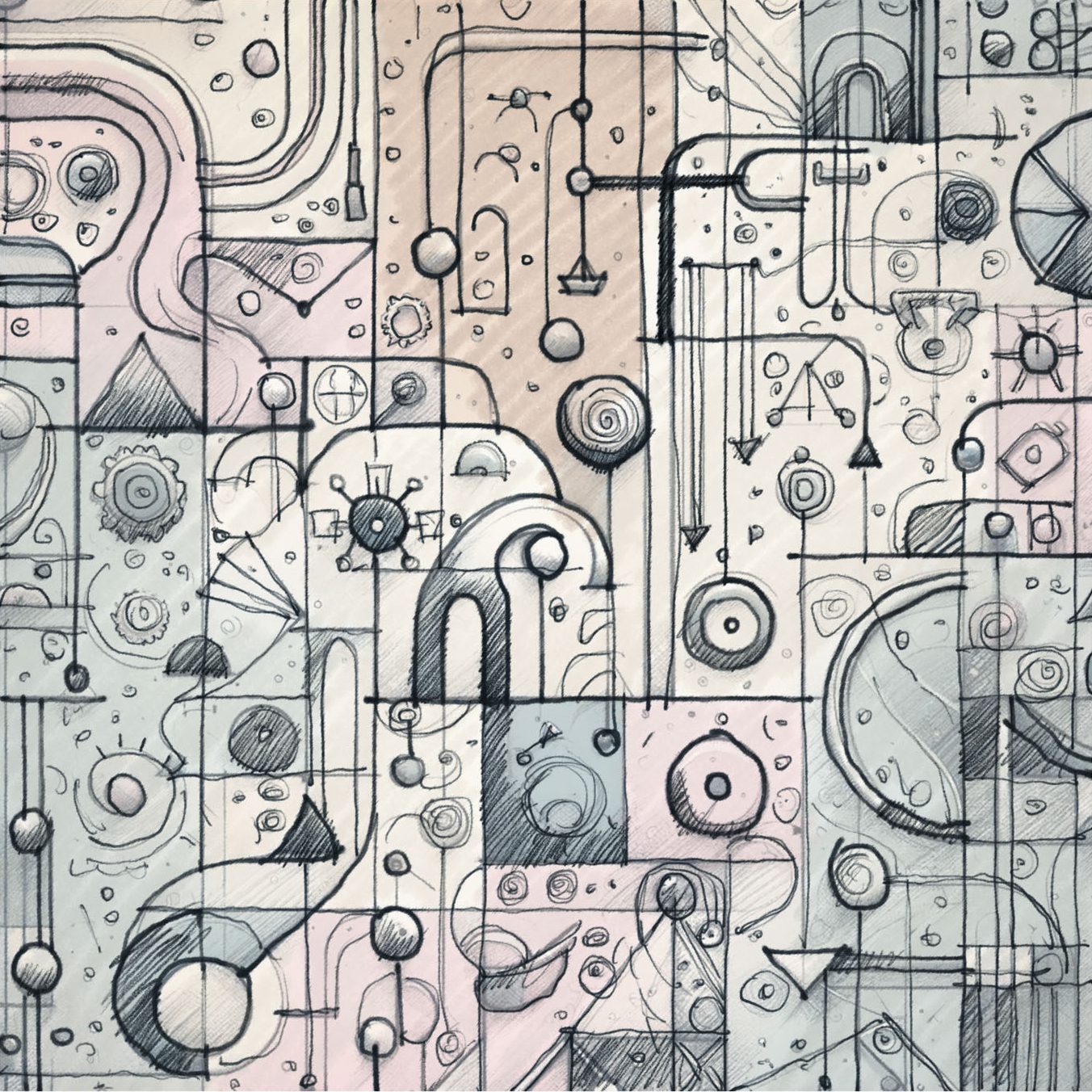PLAYGROUNDS SERVE AS SPACES FOR THE HOLISTIC DEVELOPMENT OF CHILDREN. FOR CHILDREN’S DAY THIS YEAR, WE ASKED ARCHITECTURAL STUDIOS EKAR ARCHITECTS, PBM, PHTAA LIVING DESIGN, AND PLAN ARCHITECT TO IMAGINE THE PLAYGROUNDS OF THE FUTURE
TEXT: PRATCHAYAPOL LERTWICHA
IMAGE COURTESY OF THE DESIGNER
(For Thai, press here)
Playgrounds serve as spaces for the holistic development of children, encompassing aspects such as physical prowess, emotional well-being, and social interaction. However, with the world advancing towards transformative changes and global issues taking on increasingly intricate and complex dimensions, the skills deemed essential for children are naturally changing. So, how will the design of playgrounds adapt to these evolving needs and challenges in the future?
For Children’s Day this year, art4d asked architectural studios EKAR Architects, pbm, PHTAA Living Design, and Plan Architect to imagine the playgrounds of the future.

EKAR Architects
Pause garden / Playground
In today’s Thailand, the concept of a ‘playground’ is almost nonexistent. The opportunity for children to play in a dedicated area is now tied to attending school or having the means to own a home in a housing estate or gated community.
Playgrounds have been relocated to shopping malls, nestled among restaurants, or within upscale hotels.
What was once a shared space for every child has now transformed into a commodity with an associated cost.
It would be ideal to have ‘public spaces’ that allow children to unleash their imagination, develop cognitive skills, strengthen muscles, foster interpersonal skills, learn about nature, understand mistakes, and cultivate emotional intelligence.
In this shared space, safety for children is paramount, allowing parents to relax, have personal time, or engage in social interactions while keeping a watchful eye on their children from a distance.
The playground that children get to play on becomes a haven for adults as well.
ekar-architects.com
facebook.com/ekar.architects

pbm
The Playscape of Boundless Maze
In a time of constant change and uncertainty, the significance of creating playgrounds goes beyond merely constructing spaces with a variety of play equipment. It extends to generating ideas for play areas that are flexible, tactile, adaptable, and multifaceted, allowing children to explore from diverse perspectives without being confined by unchangeable patterns or spaces. The design leaves ample space for free exploration, aiming to cater to other skills and aspects of life that will continue to develop in the future. It seeks to accommodate the changing needs and expectations of children, transforming playgrounds into not only spaces for amusement but also environments for learning and limitless development.
pbm.co.th
facebook.com/pbm.co.th

PHTAA Living Design
loop
In the future, children will still require playgrounds that foster decision-making skills, both for their minds and bodies. The design should allow for self-directed play or follow a collectively created set of rules.
“Loop” is envisioned as a playground without a defined starting or ending point. Children can enter and play at any time, with no predetermined way to play. Children can explore within the loop or play outside of it. It’s much like designing one half of the equipment while allowing children to devise their play methods or sequences for the other half
phtaa.com
facebook.com/PHTAAlivingdesign

Plan Architect
Urban Playground
The Urban Playground is a concept aimed at transforming the urban landscape into a playground where individuals of all ages—children, adults, and everyone in society—can engage in recreational activities. It involves repurposing unused spaces soaring between interconnected buildings, creating a network of public areas and play spaces within the city. The idea is to foster an atmosphere that encourages playfulness throughout all stages of life, thereby enhancing the future livability and vibrancy of the community.

